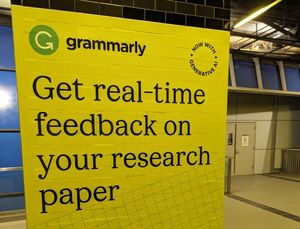Check out Opening up OpenURLs with autodiscovery in the latest Ariadne.
Because of this, we believe a new type of information resource optimisation is now needed to help fix the problem of insufficient integration. It is no longer sufficient to work only to improve human interfaces for usability and wayfinding, and, separately, to improve automated interfaces for harvesting and scalability. We now also need to design our services to accommodate the needs of both users and systems to move freely between human and automated interfaces. Because the information services we provide and manage make up only a small fraction of the many information communities in which our users participate, we now need to design for the likelihood that users enter our resources from a wide variety of directions: from search engines, from their friends’ weblogs, from course pages, from sharing networks, and from hand-coded Web pages. Once users arrive at a resource we provide (however they got there), they might want to take some or all of that resource with them over into another of those environments, or have their computers (or ours) send it around to one or several other places on their behalf. Above all, we must find ways to help them do all of that with only one or two clicks. [Main Articles: ‘Opening up OpenURLs with Autodiscovery’, Ariadne Issue 43]
The authors look at the use of OpenURLs in a number of scenarios to address this need.



